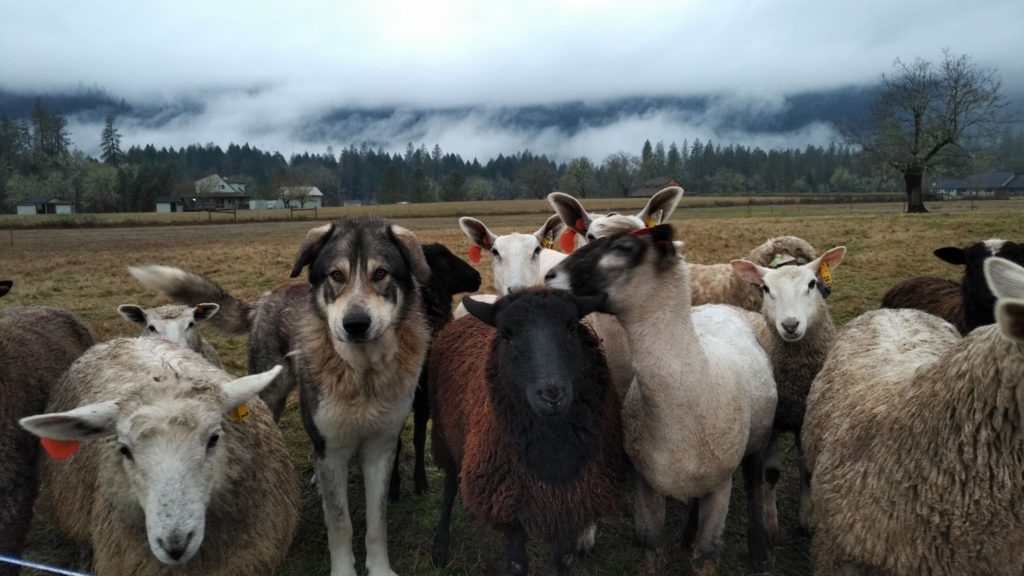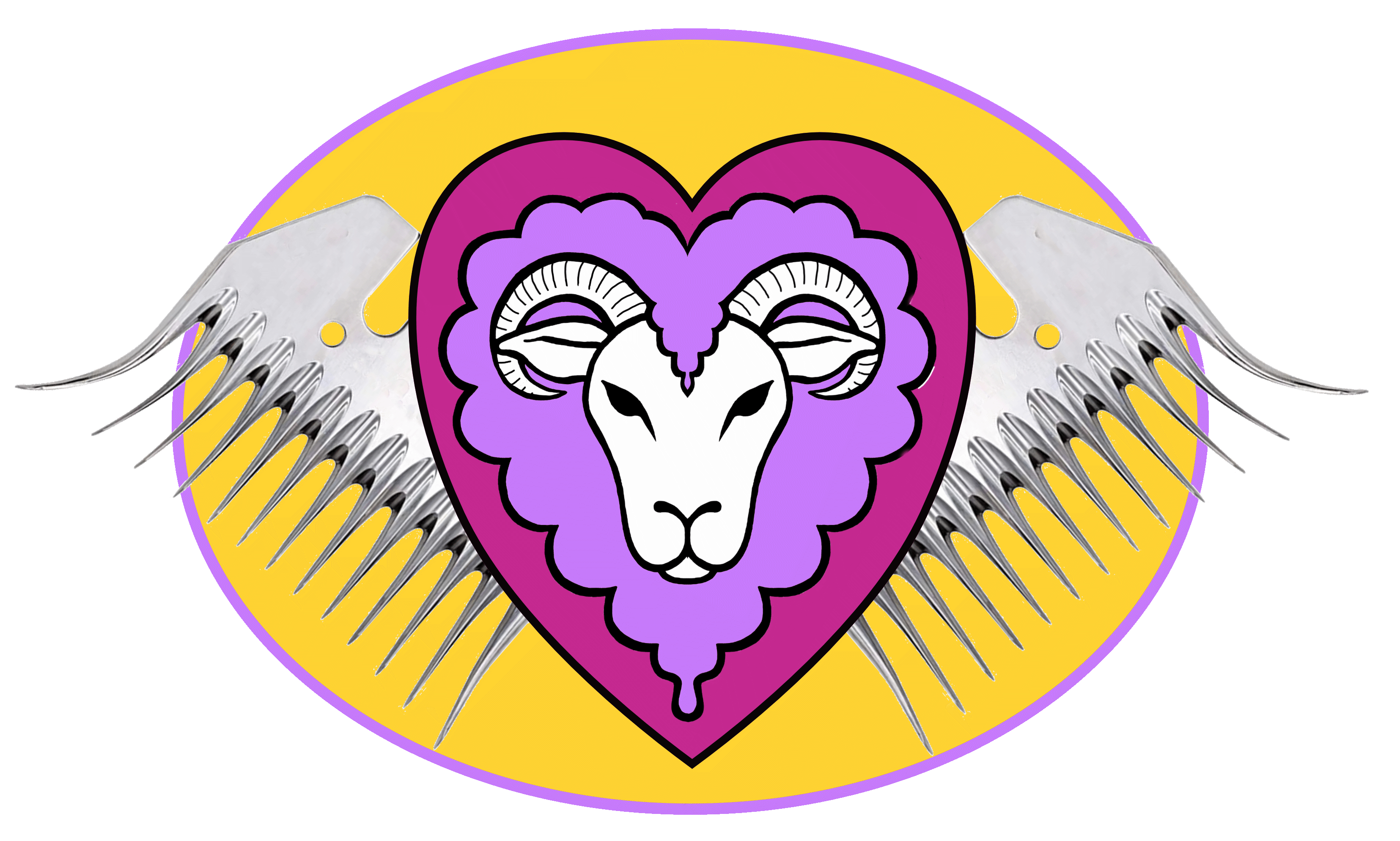Shearing Day Prep

In order for the shearer to do an efficient job, the sheep owner must prepare and put things in order.
SHEEP. The sheep must be must be caught and put in a small pen the night before. We don’t want to wait while you try to catch sheep out in the field and we will not chase your sheep or catch them for you. If we arrive and the sheep are not penned and we have to do this work for you there will be an additional charge. If the sheep are unable to be caught we will still expect to be paid our minimum fee for showing up. If you do not already have a small pen set up, you will need to start preparing for shearing a few weeks ahead by building a small pen and training the sheep to enter it with feed in the evenings. A small pen or corral means that the sheep are closely packed together and cannot run from the shearer when they are being caught. A pen that is too large causes stress to the sheep as they will run around and over heat easily.
SHEARING SITE. The pen should be near power and also near a flat spot to set up the shearing equipment and work. If it is possible for this spot to be in the shade, or be shaded by a tent or even be inside of a barn, this is helpful as shearing is hard hot work. We will need a three prong power source via generator or extension cord to power gear. If power cannot be made available we’d need to know ahead of time. It is possible to shear with a battery and inverter, but there are not automatically available and arrangements must be made. You are also required to provide a sheet of plywood, 4 x 4 or larger to shear on.
FEED & WATER. The sheep should be held off food and water for a minimum of 12 hours prior to shearing. A full belly makes it difficult for the sheep to breath while they are in the shearing positions and they will fight and struggle as they try to breathe, this is very stressful for them and slows down the shearing process for all of us.
WOOL. If you plan to keep your wool, please have large extra strength contractor bags or similar on hand for bagging your wool.
SHEARING DAY
During the actual shearing, the owner (or other responsible party) is expected to be on hand the entire time. The shearer should not be left alone in the field without help if they need it. While we have much experience handling animals, we are dealing with power tools and live animals and sometimes things happen that require extra hands.
It is the owners responsibility to deal with the wool. Be prepared to bag fleeces if you want to keep them or have a plan for disposal if you do not. Let us know ahead of time if you are expecting to use the fleece as fiber, so we know how carefully to treat the fleeces when we are shearing.
If you want help with any small flock management tasks (hoof trimming, worming) we also need to know this ahead of time so we can be prepared and you are aware of the costs.
We are efficient and gentle, but sheep do get cut during the shearing process, especially if they have full bellies and are fighting and sometimes these cuts bleed. Although sheep heal rapidly because of the same systems that allow them to grow wool, it can be disturbing to new owners or people that have not been around shearing before. We treat cuts with livestock antiseptic and they will heal within a day or two. In the rare event of a more serious cut we do carry the equipment necessary to sew things up and have the skill to do so.
